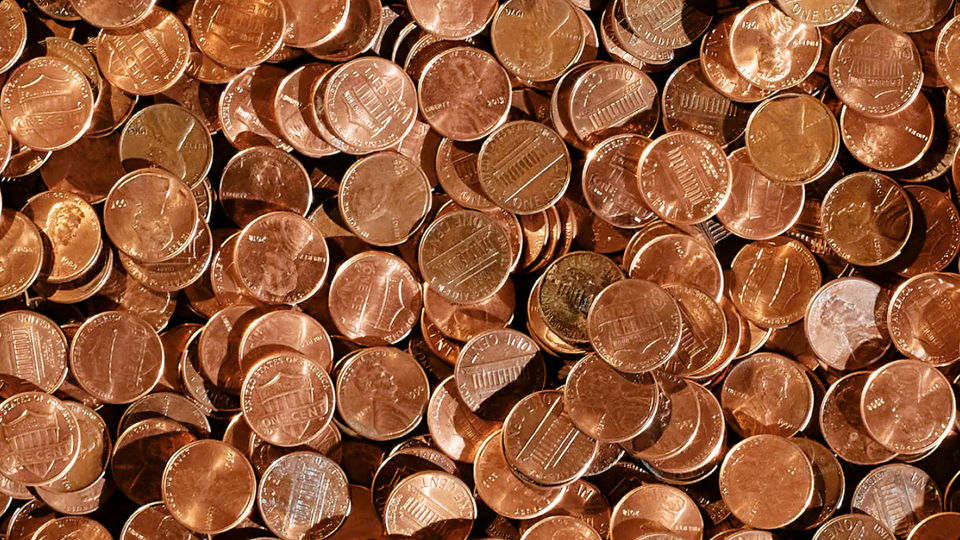What Happens to Currency Without Pennies?

The potential elimination of the U.S. penny has sparked debate among economists, policymakers, and the public, with proponents citing cost savings and efficiency while others express concerns about price rounding and sentimental attachment to the coin.
Rounding Changes in Cash Transactions

If pennies were discontinued, cash transactions would likely adopt a rounding system to the nearest nickel (5 cents), similar to the approach taken by Canada when it eliminated its penny in 2013. This change would primarily affect cash purchases, as electronic and card transactions would continue to be calculated to the cent. Retailers might adjust their pricing strategies, potentially rounding prices ending in $X.99 to the nearest dollar or down to $X.95. Studies suggest that the overall impact on inflation would be negligible, with economist Robert M. Whaples finding that "the convenience stores and the customers basically broke even" when transactions were rounded. This rounding system would simplify cash handling and potentially save time, with one estimate suggesting that the average citizen wastes 12 minutes per year paying with pennies.
Economic Benefits of Eliminating Pennies

Discontinuing penny production could lead to significant cost savings for the U.S. government. Each penny costs approximately 3.7 cents to manufacture, resulting in an estimated annual loss of up to $100 million. This inefficiency extends beyond production costs, as the U.S. Mint reports that it costs more than 3 cents to produce a single penny, significantly exceeding its face value. The financial burden is not limited to pennies alone; nickels also cost more to produce than their face value, with a penny costing nearly 2 cents and a nickel nearly 8 cents to manufacture. Eliminating these low-denomination coins could potentially free up resources for more productive economic activities and reduce government expenditure on currency production.
Societal Impacts of Penny Removal

The potential elimination of pennies has garnered significant public support, with 58 percent of voters agreeing that the U.S. government should stop producing new pennies, according to a Data for Progress poll. This shift in public sentiment reflects growing awareness of the penny's impracticality and economic inefficiency. However, the transition would not be without its challenges. Existing pennies would likely remain in circulation for a period, with the government potentially implementing a program for banks to exchange them for other currency. Some pennies might gain value as collector's items, similar to other discontinued coins in U.S. history. Charities have already begun adapting to a potential penny-free future, with organizations like the Leukemia & Lymphoma Society reporting that soliciting "roundups" on credit card transactions has proven more lucrative than traditional coin gathering.
Challenges in Discontinuing Pennies

Despite the economic arguments for eliminating pennies, several challenges persist. There are concerns that rounding could disproportionately affect low-income households who rely more on cash transactions, although studies in countries that have eliminated low-denomination coins suggest this impact is minimal. Public sentiment remains divided, with some resistance stemming from sentimental attachment to the penny and fears of price increases. The U.S. Mint currently has no plans to discontinue the penny, and such a move would require congressional approval. Additionally, proponents argue that pennies still serve a purpose in the economy, as they purchase much more than their face value as they circulate.
Trump's Penny Proclamation

President Donald Trump announced his decision to halt the production of new pennies on February 9, 2025, the same day as Super Bowl LIX. This timing coincided with a period of increased public attention on spending, as Americans were preparing for one of the biggest consumer events of the year. The average Super Bowl viewer was expected to spend $142 on game-related expenses in 2025, up 22% from the previous year. Trump's announcement, made via his Truth Social platform, cited the wasteful cost of penny production as the primary reason for the decision. The U.S. Mint reported losing $85.3 million in fiscal year 2024 on penny production, with each penny costing nearly $0.037 to manufacture. This move aligns with broader public sentiment, as a 2022 Data for Progress poll showed that 58% of voters supported stopping the production of new pennies. However, the timing of the announcement during a major national event like the Super Bowl ensured maximum visibility for this policy decision.
Member discussion